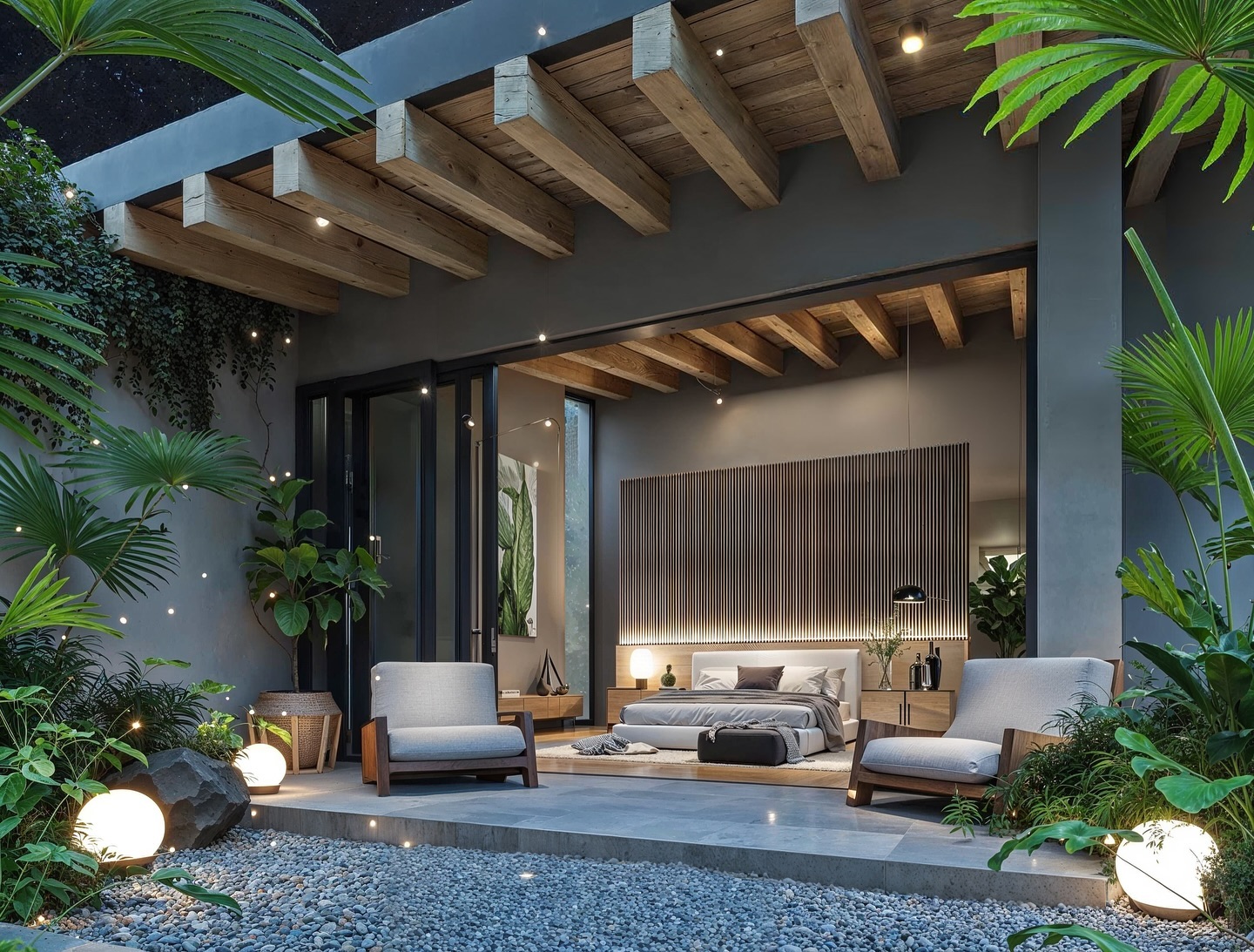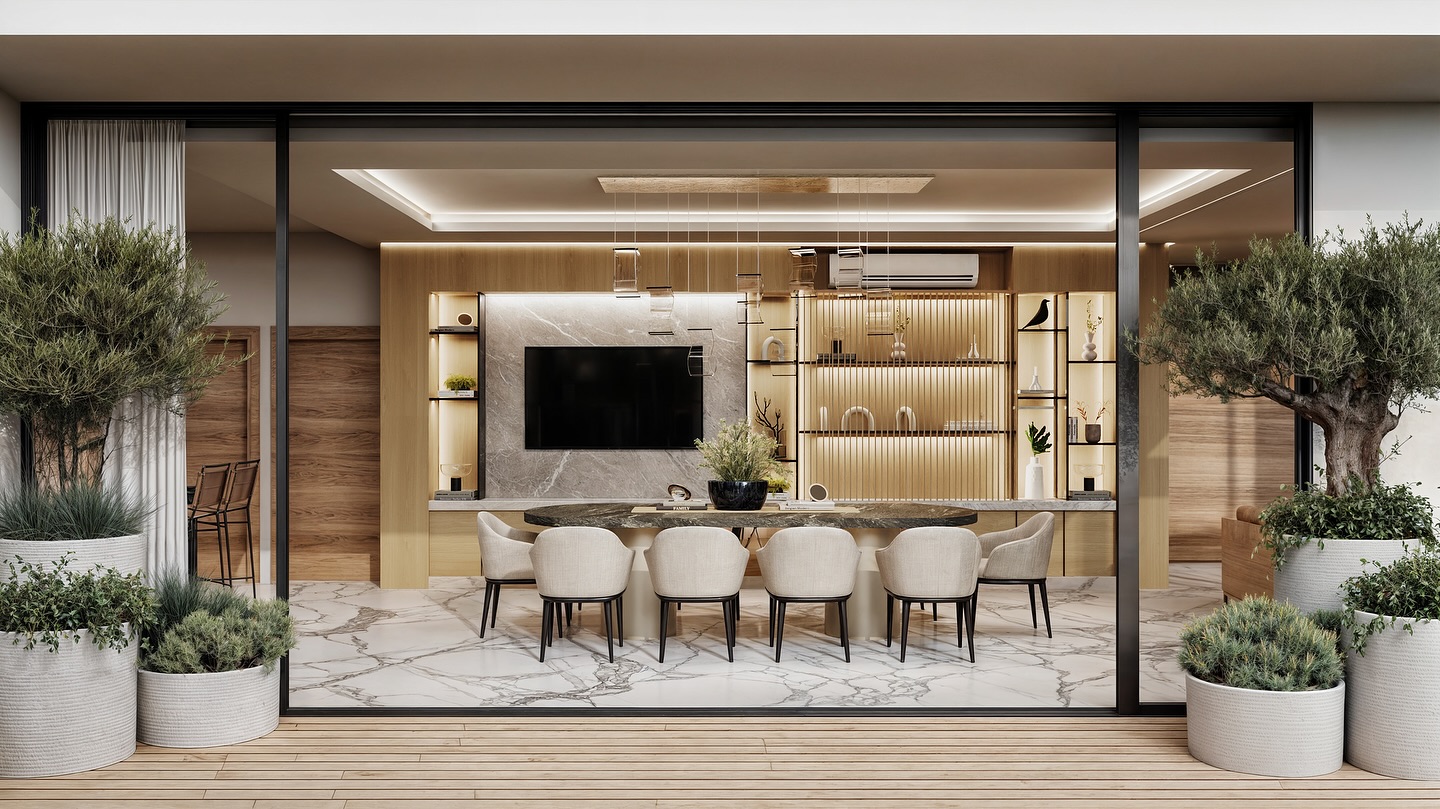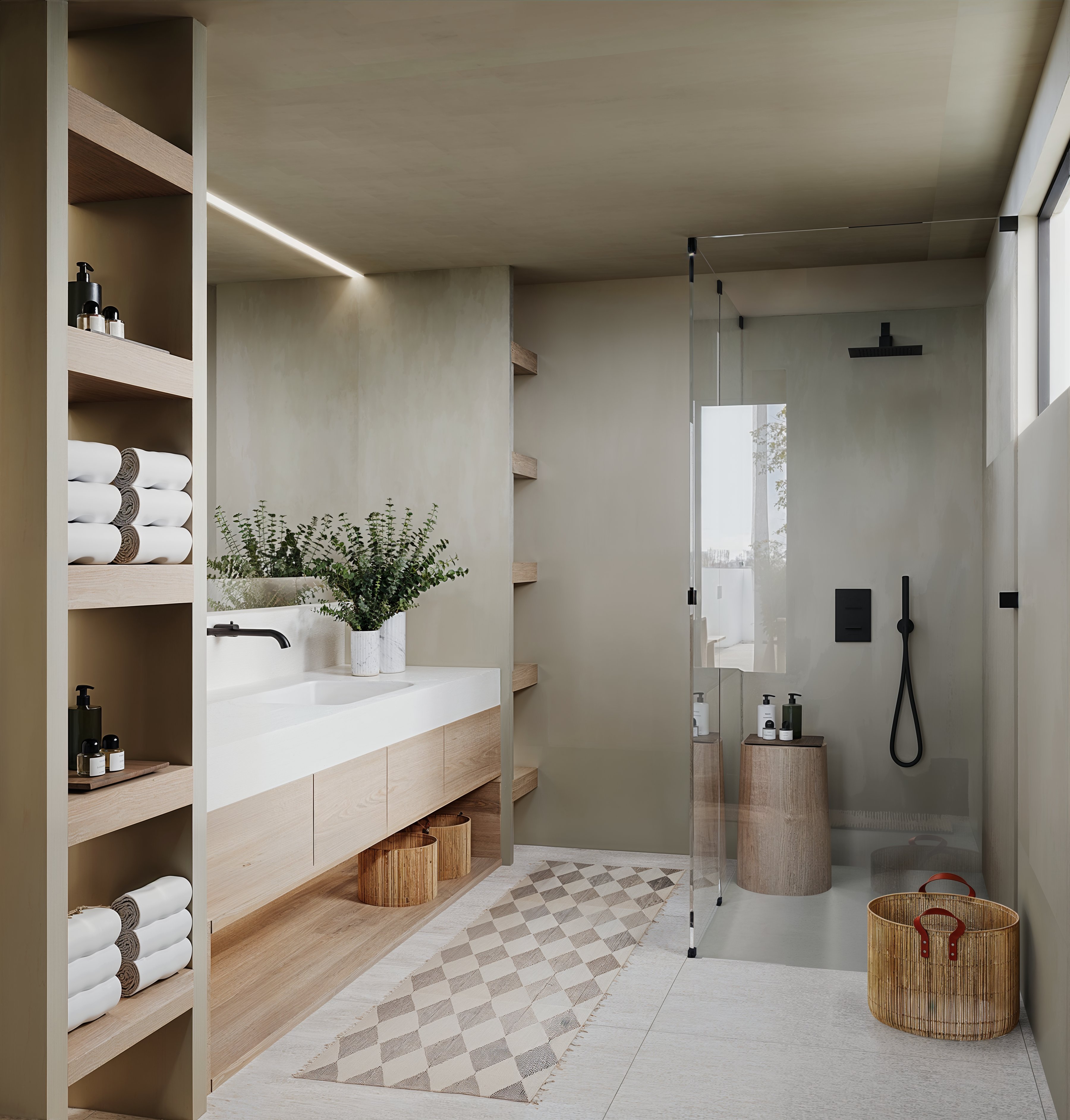From Concept to Creation: Using AI to Generate 3D Design Drafts

Before a single polygon is modeled, many architects and designers begin with an idea—a mood, a material palette, or a vision for how a space should feel. Today, AI-generated concept art is becoming an essential tool in turning those abstract ideas into concrete visual drafts.
At Ambar Estudio, we specialize in 3D rendering services that bring architectural visions to life. But before rendering begins, design inspiration often starts with AI-assisted concept generation. Here’s how AI tools are accelerating the journey from idea to visualization.
1. AI Tools That Generate Early Design Concepts
Modern AI platforms like Midjourney, Stable Diffusion, and DALL·E can generate high-quality visual ideas from simple text prompts. You can input phrases like “modern Scandinavian living room with natural light and wood textures” and get striking images in seconds.
Tools like Autodesk Forma and Revit’s AI integrations also provide AI-assisted site analysis, design variations, and environmental simulations—great for early-stage planning.
These tools don’t replace architectural know-how, but they spark inspiration and save valuable time during the brainstorming and concept stages.
2. From AI Draft to 3D Model
Once you have an AI-generated concept, it becomes a reference point for 3D modeling. Designers can:
* Use generated images as mood boards to define color schemes, furniture styles, or spatial flow.
* Extract textures or visual details to inform material selection.
* Translate lighting cues and camera angles into 3D software setups.
This process speeds up client approvals and internal design decisions—because visuals are more powerful than words or sketches.
3. Use Cases for AI-Generated Design Drafts
AI-generated concepts are especially useful in:
* Client Presentations: Show multiple directions quickly to help clients choose a preferred design direction.
* Marketing Campaigns: Generate stylized visuals to test mood and branding ideas before final production.
* Rapid Prototyping: Visualize different interior or exterior aesthetics before committing to modeling time.
At Ambar Estudio, we sometimes begin with AI drafts to align early expectations before diving into detailed 3D modeling and rendering.
4. The Creative Workflow: AI + Human Expertise
AI tools offer speed, variety, and inspiration—but they still need a creative human touch to turn those drafts into buildable, realistic visualizations.
* Designers filter AI outputs to ensure feasibility and consistency with real-world constraints.
* 3D artists use these visuals as creative input, not final designs.
* The final 3D renders still require careful modeling, lighting, and post-production for professional-quality results.
Conclusion: Smarter Design Starts with AI
AI is reshaping the early stages of architectural and interior design by offering faster concept development and visual variety. While it doesn’t replace 3D modeling or expert rendering, it enhances the creative process and gives clients more options, faster.
At Ambar Estudio, we combine AI-assisted concepts with professional 3D rendering services to deliver polished, high-impact visuals for architecture, real estate, and design presentations.
Curious how AI concepts can streamline your project? Get in touch and let’s explore how to turn your vision into a visual reality—starting with the right inspiration.
Written by Rafael Arredondo
Ambar Estudio Team
Related Articles


